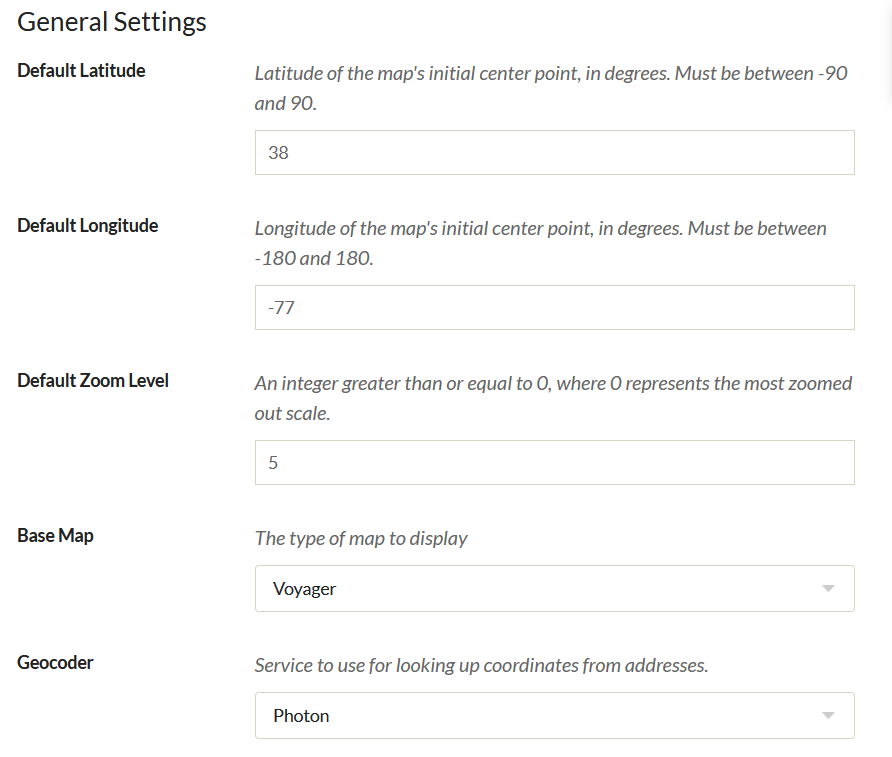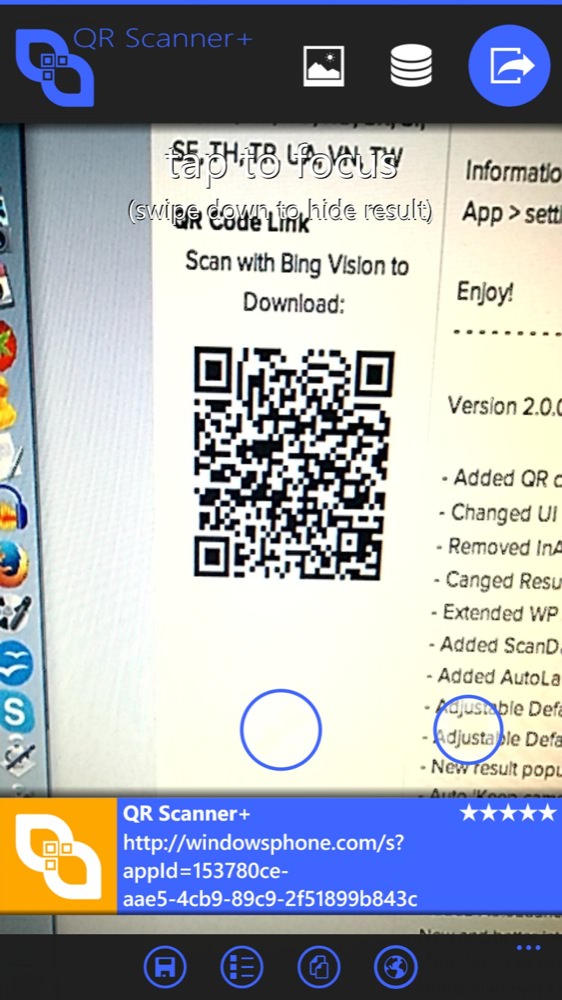

- GEOLOCATION PHOTO READER HOW TO
- GEOLOCATION PHOTO READER INSTALL
- GEOLOCATION PHOTO READER ANDROID
- GEOLOCATION PHOTO READER DOWNLOAD
- GEOLOCATION PHOTO READER FREE
GEOLOCATION PHOTO READER HOW TO
How to view and edit EXIF Data including location on macOS Now all your photos will have been stripped of EXIF data.
GEOLOCATION PHOTO READER DOWNLOAD

GEOLOCATION PHOTO READER ANDROID
This option may have a slightly different wording but it’s there in pretty much every Android phone’s camera app. After that turn off Store location data to prevent geotagging of photos.This varies from phone to phone as there’s no standard camera app on all Android devices. Open the camera app on your Android device and go to Settings by tapping the Gear icon.Follow these steps to stop your Android phone from saving location with your photos: If for some reason, you don’t want location data saved with your images not too difficult to prevent your Android phone from doing that. We tried a few apps that let you edit EXIF data and offer granular control on the EXIF data you can remove, but none of them worked flawlessly for us. The app will show you all of its EXIF data and tell you that it’ll remove it. Once you’ve installed the app, follow these steps. To remove EXIF data from your photos, you’ll need a third-party app such as EXIF Eraser.

This will show you all the EXIF data you need.
GEOLOCATION PHOTO READER INSTALL
GEOLOCATION PHOTO READER FREE
The Best Free Photo Editing Apps on Android How to view, edit, and remove EXIF Data including location on Androidįollow these steps to view EXIF data on your Android smartphone. To protect your privacy, it’s best to remove EXIF data from images. However, when your photo is shared via email or cloud storage services such as Google Drive or Dropbox, this data is still present on pictures. Most social networks such as Facebook, Instagram, and Twitter remove all of this data from photos when you upload them. This presents a peculiar problem - when you click a picture of a beautiful bird perched on the windowsill in your house, your camera automatically adds the location of the picture, which could reveal your home address when you share it with others online. Most cameras and smartphones these days add basic parameters such as the mode in which the photo was taken, the shutter speed, ISO, aperture data, and sometimes even the location of the photograph. ☝️ An attentive reader will ask: how did you understand that the video was published from the building of the Luhansk-1 mine – there is not a word about it in the original publication!Ī very valid question.Exchangeable Image Format, also known as EXIF, is a set of data that’s attached to every image you take. Volodymyr, located opposite the central entrance to the administrative building of the mine management. On September 1 (September 1 at 20:28), a Telegram-channel SEPAR ZOV LUGANSK DONETSK RF of the Russian military correspondent Oleg Tanasyuk published video ( original post) of a concert held for a group of Russian military personnel in the assembly hall of the administrative building of the Luhansk-1 mine” (we established this later), as well as photos next to the chapel of St. It happened this time as well, when we saw the news about the explosion, we remembered that we had already seen these neighborhoods and places. An example of Russian resources that are under passive observation


 0 kommentar(er)
0 kommentar(er)
